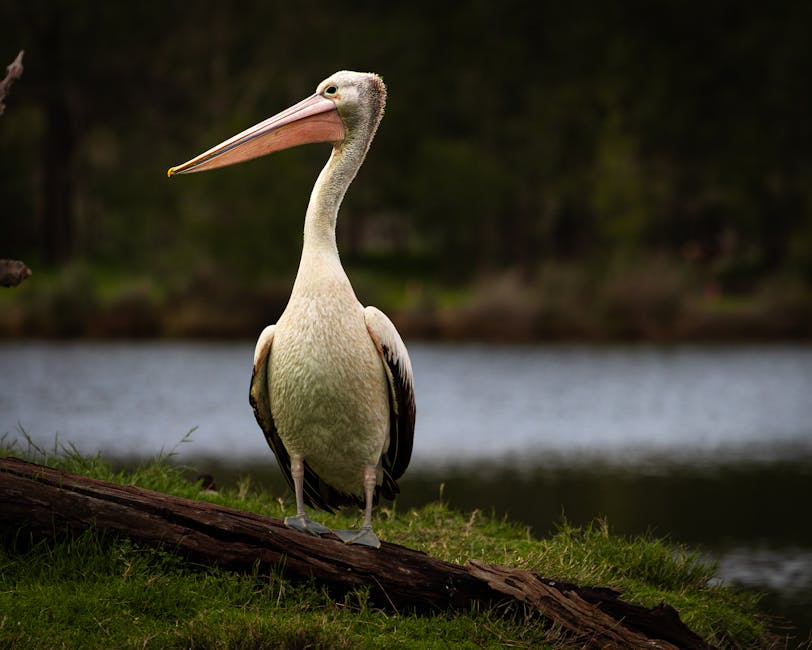A new storm has been brewing online over the past 48 hours, but it’s not one that meteorologists can track. A breathtaking, terrifying image of a colossal hurricane, dubbed “Hurricane Melissa,” has swept across social media platforms, from X (formerly Twitter) to family WhatsApp groups. The image depicts a perfectly formed storm system as seen from space, but with a surreal twist: circling its calm eye are not clouds or debris, but a flock of gigantic birds, each seemingly larger than a football field.
The digital tempest went viral for all the predictable reasons. It is awesome, in the truest sense of the word—both awe-inspiring and terrifying. Captions ranged from the amazed (“Nature is incredible!”) to the fearful (“Is this the end of days?”). For a brief period, thousands, if not millions, shared the image, believing it to be a real, albeit bizarre, natural phenomenon.
Debunked: The Truth Behind the Giant Bird Hurricane
There’s just one problem: Hurricane Melissa does not exist. The birds are not real. The entire, hyper-realistic image is a stunning—and deeply worrying—creation of Artificial Intelligence.
While the initial wave of online reaction was one of fascination, experts in digital media, misinformation, and climate science are now sounding the alarm. The viral spread of the AI image of Hurricane Melissa is being seen as a critical case study in the growing threat posed by sophisticated AI-generated content.
Why Experts Are Sounding the Alarm
The concern is that this is much more than a harmless prank. It’s a clear demonstration of how easily convincing, and potentially dangerous, disinformation can be created and spread.
“This isn’t just a harmless bit of fun; it’s a canary in the digital coal mine,” stated Dr. Anjali Verma, a media analyst at a New Delhi-based tech policy think tank. “The image is fantastical enough that many people eventually realised it was fake. But for a significant period, it was shared as fact. What happens when the next AI-generated image is not of giant birds, but of a slightly more severe-looking cyclone heading for Mumbai? The potential for mass panic is enormous.”
The Hurricane Melissa image was likely created using a text-to-image generator like Midjourney or Stable Diffusion. These tools showcase how low the barrier to entry has become for creating high-quality fakes. What once required a Hollywood VFX artist can now be generated in minutes with a simple text prompt.
The ‘Liar’s Dividend’: How AI Fakes Erode Public Trust
The core of the experts’ concern lies in two areas: the erosion of trust and the so-called “liar’s dividend.”
-
Erosion of Trust: In an era already flooded with misinformation, these photorealistic fakes muddy the waters even further. During a genuine natural disaster, emergency services rely on the public trusting their warnings and visual evidence. If people become conditioned to second-guess every image, they might dismiss a real photograph of a dangerous storm, with potentially fatal consequences.
-
The Liar’s Dividend: This is the phenomenon where, as people become aware that convincing fakes are possible, they start disbelieving authentic information. Malicious actors can dismiss genuine evidence of a real crisis by simply claiming, “It’s probably just AI.”
A Wake-Up Call for Digital Literacy
The Hurricane Melissa featuring birds larger than football fields is a fantasy. The threat it represents, however, is very real. For a country like India, with over 700 million internet users, the implications of unchecked AI-generated misinformation are particularly stark.
This episode serves as a vital wake-up call, highlighting the urgent need for widespread digital literacy education. We must all learn to be more critical consumers of online content—to question the source, look for tell-tale signs of AI generation, and most importantly, think before we share. Social media platforms, too, have a growing responsibility to develop better tools for detecting and flagging AI-generated content before it goes viral.




